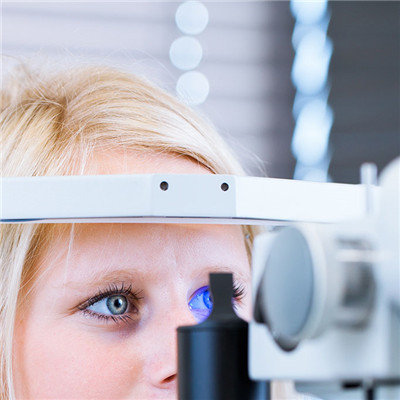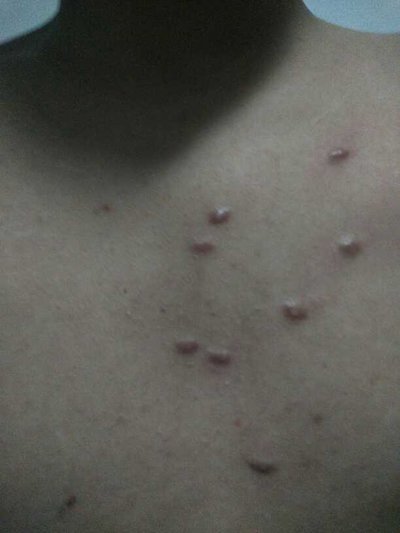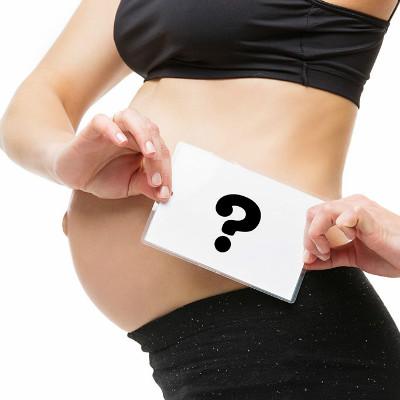Clinical symptoms of neonatal cold injury syndrome?
summary
When we suspect that a child is ill, we don't know anything except that his temperature has dropped. In fact, your child is suffering from neonatal cold injury syndrome. After the occurrence of the disease, in addition to the characteristics of hypothermia, there are also the following symptoms. For details, please see the introduction below.
Clinical symptoms of neonatal cold injury syndrome?
General manifestations: low response, poor sucking or refusal, low or no crying, decreased activity, apnea, etc. Hypothermia: neonatal hypothermia refers to the temperature < 35oc. Mild cases were 30-35oc; Severe < 30oC, can also appear cold limbs and even the whole body. Hypothermia is often accompanied by bradycardia.
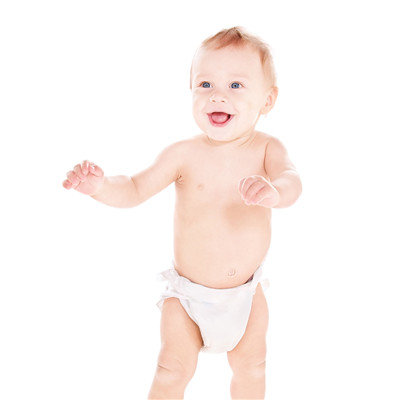
Scleroderma: that is, the skin is close to the subcutaneous tissue, can not move, according to the rubber like feeling, dark red or purplish. The patients with edema had finger pressure depression. Scleroderma is usually symmetrical, and its occurrence order is: lower limb → buttock → cheek → upper limb → whole body. The area of scleroma can be calculated as 20% of the head and neck, 18% of the upper limbs, 14% of the chest and abdomen, 14% of the back and lumbosacral, 8% of the buttocks and 26% of the lower limbs. Severe scleredema can interfere with joint movement, and chest involvement can cause dyspnea.
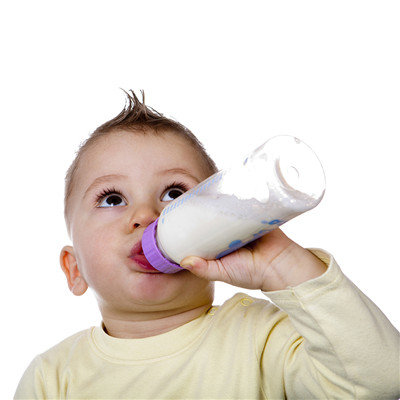
Multiple organ dysfunction: circulatory dysfunction (cardiac dysfunction, myocardial damage, shock), DIC, acute renal failure, pulmonary hemorrhage and acid-base, water electrolyte, endocrine disorders, dysfunction. The heart rate can be increased temporarily (> 160 beats / min) at the beginning. With the aggravation of the disease and the decrease of body temperature, the heart rate can be slowed down gradually, and the filling time of blood vessels can be prolonged. In severe cases, the heart rate is less than 100 beats / min, the heart sound is low and dull, and the rhythm is uneven. If the heart rate is still less than 100 beats / min after the recovery of body temperature, the myocardial damage may be caused, and the activity of cardiac type isozyme increases, indicating cardiogenic shock. Most (77.8%) of moderate and severe scleredema had hyperazotemia, and 22.2% had acute renal failure.
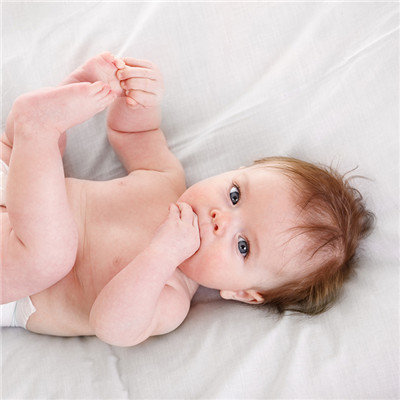
matters needing attention
In cold seasons and regions, warm equipment should be installed in the delivery room. Once the newborn is delivered, it should be wrapped with pre warm towel to keep warm, so as to stabilize the temperature of the newborn. In particular, temperature monitoring should be done for high-risk infants to ensure sufficient heat supply.








